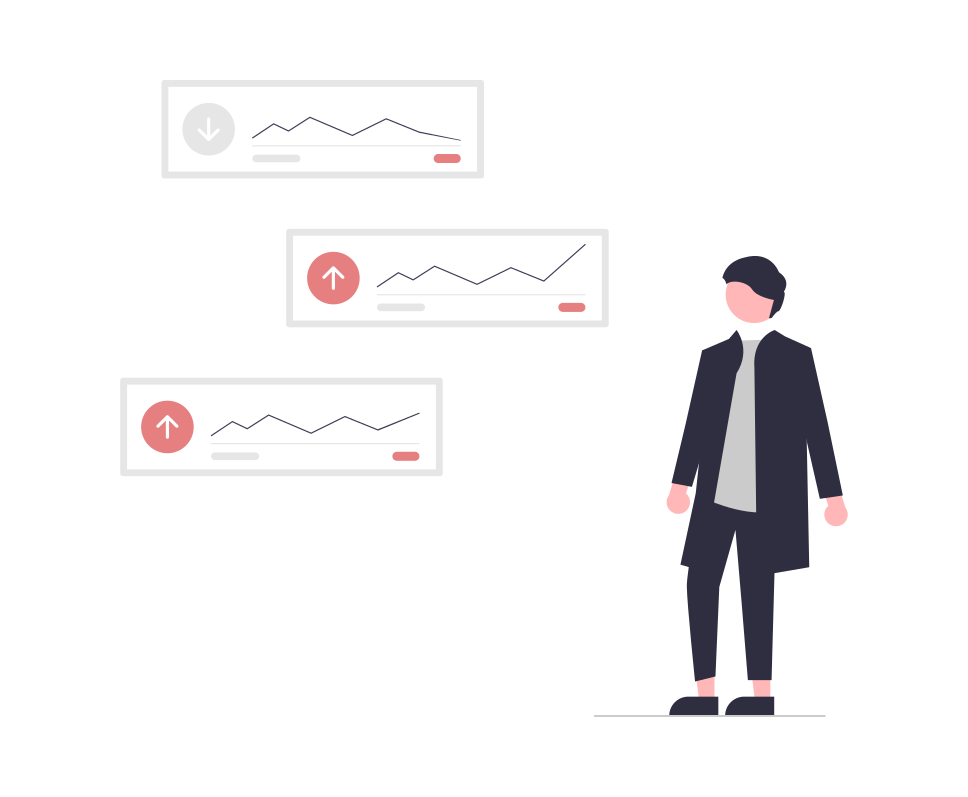
The AI trend is growing at a really fast pace. As a nonprofit leader, you face the dual challenge of leveraging cutting-edge technology while managing the privacy risks that come with using Generative AI. Choosing the right software can be a game-changer for your team, especially when dealing with grant Request for Proposals (RFPs).
This blog post aims to guide you through best practices for evaluating AI software (and software in general), spotlighting Grantboost as the preferred solution grant writing AI solution for nonprofits.
Before we dive in, it’s important to acknowledge the data privacy concerns typically associated with using Generative AI products. Your nonprofit could handle sensitive data at some point in time. This could be information about:
Your Project and Program Proposals: Nonprofits often include detailed descriptions of proposed projects or programs in their RFP responses. This encompasses project objectives, methodologies, expected outcomes, and timelines, showcasing your teams ability to execute and deliver results.
Organizational Information: The heart of any organization lies in its mission and history. Information about the organization’s structure, achievements, governance, and key personnel plays a pivotal role in RFP responses, painting a picture of credibility and trustworthiness. If you have a lot of part-time members or volunteers then it’s even more critical that all of this information is kept in one place.
Financial Proposals: An integral part of any grant RFP response is the financial aspect. Nonprofits need to detail their budgetary plans, pricing structures, and financial strategies, ensuring transparency and fiscal responsibility. If your organization is 5013c certified, this part probably does not come as a surprise.
Legal and Compliance Documents: Compliance with legal and regulatory requirements is non-negotiable. RFP solutions often store documents proving tax-exempt status, adherence to privacy policies, and other legal compliances critical to your nonprofit’s operations.
Partnership and Collaboration Details: Many RFPs require information about partnerships and collaborations. This section highlights the roles and responsibilities of each party involved, underlining your nonprofit’s capacity for teamwork and mutual growth. Sometimes this information could even be Letters of Support from partnering organizations.
Strategic Plans and Approaches: How your nonprofit plans to address specific issues or implement projects is vital. This includes strategic approaches, methodologies, theories of change, and impact measurement strategies, showcasing your organization’s thought leadership and innovation.
Technical and Security Information: In today’s digital age, storing technical knowledge and security information relevant to the RFPs and questionnaires is essential. This ensures your nonprofit stays ahead in technology and data protection.
Case Studies and Past Project Reports: Illustrating past successes and learnings through case studies and reports is a powerful way to demonstrate your nonprofit’s experience and capability. This historical data supports the organization’s claims and builds confidence among potential partners and funders.
All of these different data sources make it imperative to choose AI solutions that prioritize your security and privacy. It’s always a good practice to check the data handling policies of potential AI tools and ensure they align with your organization’s privacy standards.
Start by clearly defining what you want the AI software to achieve. Whether it’s streamlining operations, enhancing donor engagement, or writing grant RFPs, your goals will guide your selection process. Identify any key metrics that you want to move the needle on. For example, if you are looking to get more grant funding, you might want to think about how different tools could help you get to your target number.
Given the sensitive nature of nonprofit work, scrutinizing the data security features of AI software is non-negotiable. Check for any security information or data handling policies. A lot of times you can find this information in a Knowledge Base. Here’s an example of Frequently Asked Questions about how Grantboost handles data.
AI solutions should be accessible to all team members, regardless of their technical expertise. Opt for software with an intuitive interface and easy to understand feature set. If your team doesn’t adopt the software then you will not get the return you’re looking for.
AI software that caters specifically to nonprofit needs can be more effective. Solutions like Grantboost, designed with nonprofits in mind, offer features that directly address common challenges in the grant RFP process.
Grantboost emerges as a leading grant writing AI solution for several reasons:
Customization and Ease of Use: Our product is built and tailored to the unique needs of nonprofits. We understand that not everyone is a tech expert. Even those with limited tech experience can easily navigate our interface.
Prioritizing Privacy and Security: Understanding the importance of data privacy, We employ stringent security measures, offering peace of mind for teams concerned about AI and privacy risks.
Store Information About Your Team in One Place: You have a lot of information that you use to fill out grant proposals. We allow custom inputs into our platform so that your team and our product can reference the same text in their works.
Count Words and Characters: Grantboost’s AI algorithms are designed to increase the accuracy of grant applications, ensuring they meet funder-specific requirements and compliance standards.
Pre-Made Templates: We provide some common writing use cases out of the box to help you get going. You can use one of our writing Templates or create your own. The world is yours 🌎.
Choosing the right software is a crucial decision for any nonprofit. It requires balancing innovation with responsibility, particularly when it comes to data privacy and security.
By following these best practices in your evaluation process, our hope is that your team can make an informed decision, leveraging the right tools to amplify your impact and efficiency in a responsible way.
Ready to transform your nonprofit’s approach to grant RFPs?
Explore how Grantboost can cater to your specific needs while keeping your privacy a the highest standards of data privacy and security.
Read Next: Best AI Grant Writing Tools (2025)